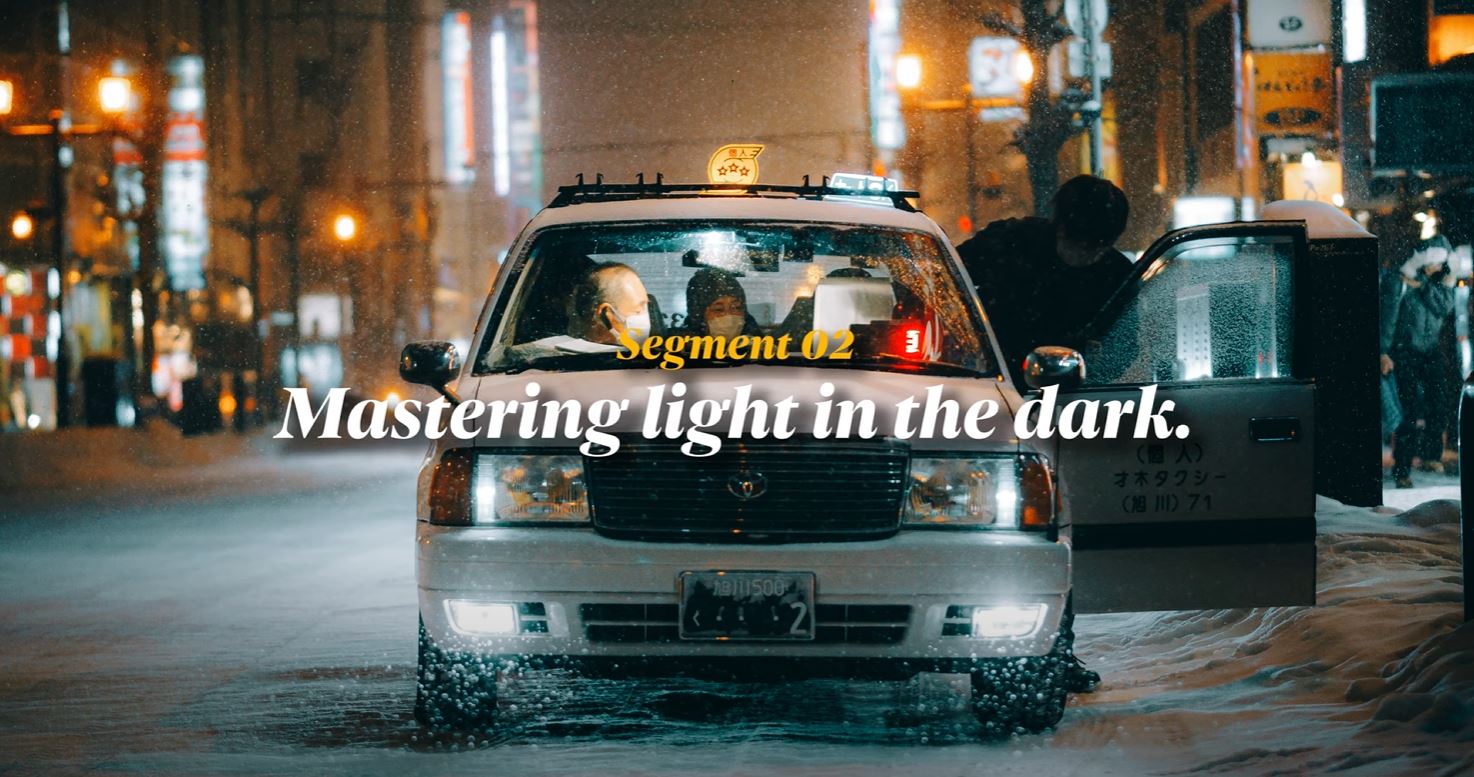Mastering Night Photography: The Ultimate Guide
Are you ready to take your night photography skills to the next level? In this comprehensive video guide, photographer Tim Northey delves into the world of night photography, covering essential tips, tricks, and everything you need to know about the gear required to create stunning nighttime images. Whether you're a beginner or a seasoned photographer, mastering the art of night photography can open up a realm of creativity and beauty that's unlike any other.
Mastering the Basics of Night Photography
Before we explore advanced techniques, it's crucial to understand the fundamentals of night photography. Whether you're shooting handheld or using a tripod, grasping the basics is essential. Night photography revolves around the exposure triangle, which consists of three settings: shutter speed, ISO, and aperture.
Shutter Speed: Adjusting the shutter speed affects motion in your photos. Slower shutter speeds can create motion blur, ideal for light trails or panning shots. Faster shutter speeds are essential for capturing sharp handheld images.ISO: Increasing the ISO allows you to work in low light conditions, but it can introduce noise. Modern cameras handle higher ISO numbers well, but the level of noise can vary based on your camera model.Aperture: The aperture, measured in f-stops, determines the size of the lens opening. A lower f-stop number indicates a wider aperture, allowing more light to enter. However, wider apertures result in a shallower depth of field.
Balancing these three settings is crucial to achieving your desired outcome in night photography. Understanding their interplay is the foundation of capturing stunning night scenes.
Mastering Light in the Dark
Light plays a pivotal role in all forms of photography, even at night. Despite the reduced light available, you can still work creatively with various light sources. Embrace ambient light from streetlights, the moon, or city lights to add depth and drama to your images. Explore the use of light sources like colorful signs, passing cars, or even experiment with light painting using flashlights or other sources.
Creative techniques, such as capturing light trails, panning shots, and unique long exposures, can yield extraordinary results. Night photography also offers an opportunity to capture the beauty of the night sky, from stars to star trails.
Creative Techniques
To elevate your night photography skills, consider experimenting with creative techniques. These include using slower shutter speeds to capture motion in unique ways, such as panning shots or light trails. A tripod is often essential for these techniques, but some handheld approaches can also yield fascinating results. Don't miss the chance to explore the beauty of astrophotography, including capturing star trails through multiple exposures.
The Gear You Need for Night Photography
Having the right gear is essential for excelling in night photography, and it doesn't always mean splurging on the latest equipment. Here's what you need:
Camera: Your camera should offer full manual mode for complete control over settings and the ability to handle higher ISOs with minimal noise.Lenses: A fast wide-angle lens is highly recommended for night photography. Consider lenses with wider apertures (e.g., f/1.8 or lower) to capture sharp images in low light conditions. Prime lenses can be a great choice.Accessories: Remote shutter releases, intervalometers, and tripods are valuable accessories to minimize camera shake during long exposures and time lapses.
Editing for Night Photography
Post-processing plays a crucial role in perfecting your night shots. While most editing can be done in software like Lightroom and Photoshop, focus on these key aspects:
White Balance: Adjust it to match the lighting conditions accurately.Color Grading: Experiment with the color grading tab to achieve a unique look.Noise Reduction: Reduce noise, especially when shooting at high ISOs, using software features like Lightroom's AI noise reduction.
By refining your editing skills, you can enhance the visual impact of your night photographs and truly make them shine.
In conclusion, mastering night photography is a journey that involves practice, experimentation, and the right equipment. With dedication and creativity, you can unlock the mesmerizing beauty of the night and capture it in your images. So, grab your camera, venture out into the night, and let your passion for photography illuminate the darkness. Happy shooting!
You may also like: 5 Essential Street Photography Tips & Techniques All Pros Use
Images and video via TKNORTH






















0 comments:
Post a Comment